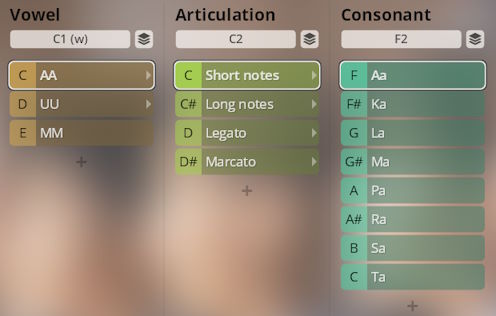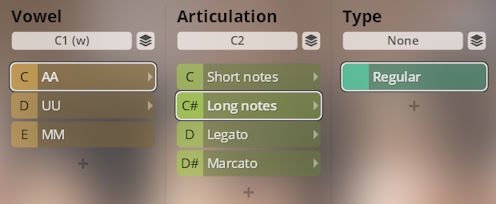Welcome to the Vienna Symphonic Library’s series of Synchron Instruments! This collection expands our series of vocal libraries by the celestial sounds of a boys’ choir.
The Vienna Boys Choir (“Wiener Sängerknaben”) is one of the world's most famous and celebrated choirs, a cultural institution that remarkably dates back to the Middle Ages. Over time this ensemble has evolved into a prestigious independent concert choir known for its ethereal sound and diverse repertoire, which includes everything from medieval music to contemporary pieces. Comprising boys aged between 9 and 14, the choir is admired for its unique timbre and purity of tone, due in no small part to its rigorous training and admittance requirements.
Now, and for the first time in the 525-year history of the Vienna Boys Choir, the voices of this internationally renowned ensemble have been entrusted to Vienna Symphonic Library to create a virtual instrument of pristine quality and vocal brilliance.
20 select members of the renowned choir were recorded at Hall A of Vienna Synchron Stage, and are now ready to sing with our Synchron Player software.

The microphone setup was subdivided into 8 recording positions. The Standard Library includes 4 of these positions (as well as a RAM-friendly Room Mix composed of merged samples from the individual positions), allowing you to integrate instruments recorded with a stereo Decca tree into your projects with our Synchron Player software that was designed exactly for that purpose. Adding the Extended Library and thus getting the Full Library expands your possibilities to 5.1 surround and more. Moreover, it offers a second Mid position.
Microphone positions:
- Standard Library
-
- Room Mix – Stereo
-
- Main/Room Mic – Decca Tree Stereo (L/R)
-
- Main C/Room Mic – Decca Tree Mono (Center)
-
- Mid – Stereo (L/R)
-
- Close – Mono
-
- Extended Library
-
- Main Surround – Stereo (L/R)
-
- High Stereo (3D) – Stereo (L/R)
-
- High Surround (3D) – Stereo (L/R)
-
- Mid2 – Stereo (L/R)
-
Synchron libraries generally offer different Presets according to how velocity is handled, arranged in separate folders.
“VelXF sus”: velocity crossfading is only activated for long notes, while the dynamics of short notes are controlled by keystroke velocity, thus facilitating phrasing. “VelXF”: all articulations have velocity crossfading activated so that you can control dynamics with MIDI controller CC1, the modwheel. “Velocity”: note volume is controlled by keystroke velocity just like a piano.Apart from that, velocity crossfading can always be enabled or disabled by clicking its on/off symbol in the Synchron Player's Perform tab.
Presets are subdivided into different articulation categories. The basic category here is called “Vowel”. Each of its entries again contains different articulation categories such as short and long notes, from which you can select the desired articulation (e.g., short notes on “Ka”). If you happen to be short of RAM, you can deactivate Articulations you do not need, and activate them again if necessary.
Switching between playing styles and articulations is generally done via dedicated keys on the keyboard and aptly called “keyswitches”. By default the keyswitches for the basic category are mapped starting from C1.
In the Synchron Player’s browser window, you will find a tab named “Mixerpreset”. It contains a number of Mixer Presets for Room-Mix, stereo, surround to stereo downmix, and surround that depict different recording situations. The basic Mixer Presets for the Vienna Boys Choir are Close, Classic, Wide, Distant, Ambience, The Church, Airy, and Synced CresDim. In the Player’s “Mix” tab, you can of course create Mixer Presets of your own.
- Articulations
- short notes
- long notes
- legato
- marcato on “AA” and “UU”
- “MM” notes (humming)
- Range
- G3–D5
- Vowel selection
- C1–E1 (white keys)
Short notes, long notes, legato, and marcato.
- Articulations: C2–D#2.
Short notes on the solitary vowel, and in combination with the consonants “k”, “l”, “m”, “p”, “r”, “s”, “t”.
- Consonants: F2–C3.

Long notes, regular.

Legato, legato and portamento.

The “MM” section consists only of a single patch.
